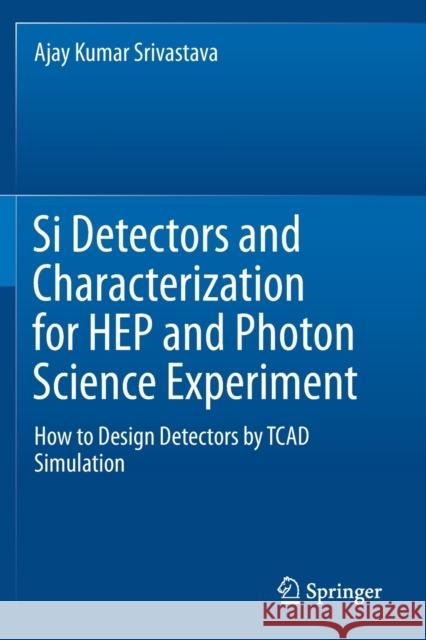Si Detectors and Characterization for Hep and Photon Science Experiment: How to Design Detectors by TCAD Simulation » książka
topmenu
Si Detectors and Characterization for Hep and Photon Science Experiment: How to Design Detectors by TCAD Simulation
ISBN-13: 9783030195335 / Angielski / Miękka / 2020 / 183 str.
Si Detectors and Characterization for Hep and Photon Science Experiment: How to Design Detectors by TCAD Simulation
ISBN-13: 9783030195335 / Angielski / Miękka / 2020 / 183 str.
cena 362,27
(netto: 345,02 VAT: 5%)
Najniższa cena z 30 dni: 346,96
(netto: 345,02 VAT: 5%)
Najniższa cena z 30 dni: 346,96
Termin realizacji zamówienia:
ok. 22 dni roboczych
Dostawa w 2026 r.
ok. 22 dni roboczych
Dostawa w 2026 r.
Darmowa dostawa!
Kategorie BISAC:
Wydawca:
Springer
Język:
Angielski
ISBN-13:
9783030195335
Rok wydania:
2020
Wydanie:
2019
Ilość stron:
183
Waga:
0.29 kg
Wymiary:
23.39 x 15.6 x 1.09
Oprawa:
Miękka
Wolumenów:
01
Dodatkowe informacje:
Wydanie ilustrowane











